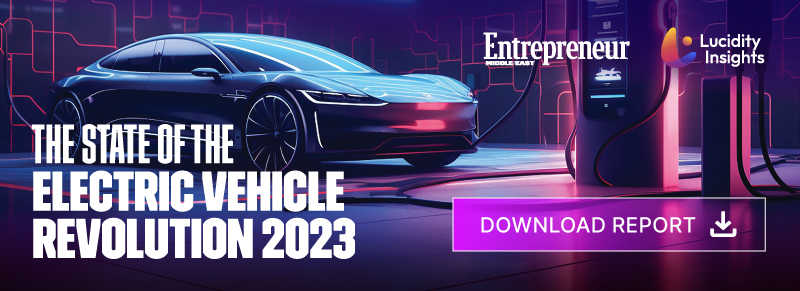Strategic Drivers for Mass EV Adoption
04 October 2023•
As the following handful of graphs and data will show, there are several drivers that have been leading to the EV adoption we are seeing now. Besides increasing gas prices, global consumers are also becoming increasingly aware of the climate change challenges facing the planet – with skyrocketing CO2 emissions impacting our environment. Gen X-ers (those born between 1965 and 1980) and Millennials (those born between 1981 and 1994) are putting money where their mouths are and are going green – equipped with the knowledge that driving gas-powered cars is amongst the worst carbon emitting activities individuals can take part in today.
Driver 1 - Sky High Gas Prices Pinch Consumer Wallets
Since the 1979 oil crisis, where the price of a gallon of gas went over $1.00 for the first time, the price of gas has never fully recovered. In more recent decades, oil prices have more than tripled to reach over $3.50/gallon, hurting household finances and the economy at large.
In March 2022, gas prices in the US exceeded the $4 per gallon mark for the first time since 2008, exacerbated by Russia’s invasion of Ukraine. In August 2023, oil prices globally have surged to the highest levels in three months, as the economic outlook improves and supply cuts from some of the world’s biggest produces start to bite. As a result, in the US, operating an electric vehicle today works out to be 2.5X to six times cheaper than operating gas-powered cars.
Infobyte: Global Average Gas Price per Gallon (USD)
Also Watch Video: Sky High Gas Prices Pinch Consumer Wallets
Infobyte: EV is Cheaper than Gas Price Per Gallon
Driver 2 - “Range Anxiety” on the Decline as EV Ranges Extend.
Electric vehicle battery ranges have quadrupled on average since 2011. Today, the average electric vehicles can go for over 300 miles (482 kilometers) on one charge, reducing people’s fears of running out of power mid-trip. The longest range on offer is 516 miles (830 kilometers) by Lucid Air’s Dream Edition R. The standard warranty on an electric car battery is 8 years or 100,000 miles, but new batteries are proving to be more durable but new batteries are proving to be more durable reaching between 300,000 miles and 500,000 miles (483,000 to 805,000 kilometers).
Infobyte: 2023 Longest Range EVs (Miles)
Driver 3 - Climate Change Awareness
Carbon emissions growth over the years has been sky-rocketing, and net-zero goals have started to become adopted across the world to try and mitigate environmental impacts. As it turns out, driving a gas-powered vehicle is amongst the highest carbon emitting activities an individual can undertake today, followed by eating meat. Consumers are increasingly turning to EVs to replace their gas powered vehicles.
Infobyte: Annual CO2 Emissions from Fossil Fuels
Infobyte: Activities That Emit the Most CO2 per Year Based on Us Averages
Driver 4 - Government Reforms & Net Zero Targets
Countries are adopting electrification targets, with over 30 countries pledging to have a minimum of 30% of new vehicle sales be electrified by 2030. Tokyo has committed to all new car sales in the city being limited to hybrids or electric vehicles by 2030, while Japan’s national target is 50% of all new car sales being electric or hybrid by 2030. Germany, Costa Rica, and 10 out of 50 US states, have all committed to 100% of all new car sales being electric by 2050. China’s government driven EV strategy is leading the country in worldwide EV sales. The country is expected to surpass its 2035 target to achieve 50% EV stock by 2030. EV’s are on pace to make up a third of all China auto sales in 2023.
Infobyte: Global Governments Electrification and Net Zero Targets








%2Fuploads%2Fev-2023%2Fcover.jpg&w=3840&q=75)